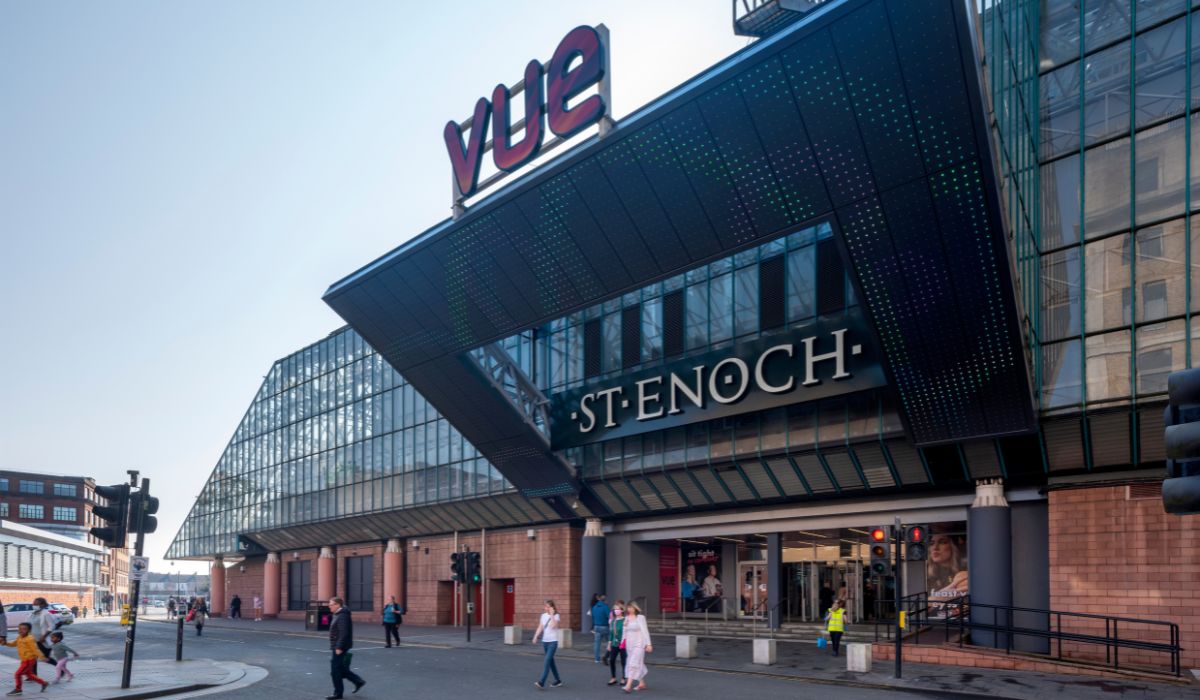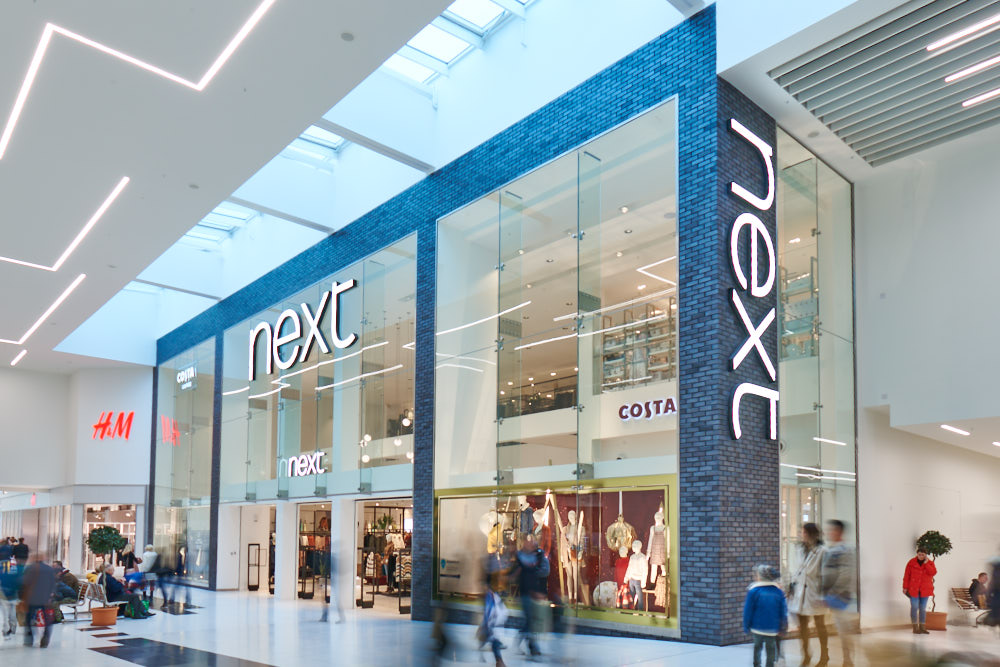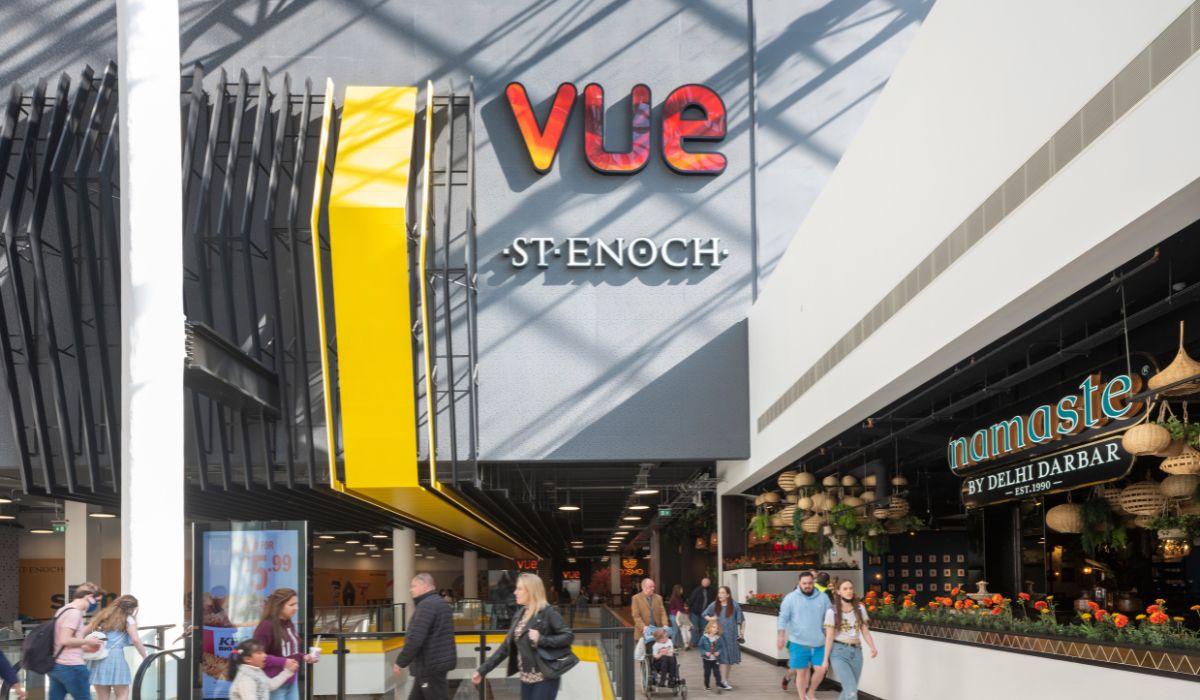RETAIL’S EXPERIENTIAL REVOLUTION
03rd November 2022
According to the British Retail Consortium, shopping centre footfall in September was up on the previous Covid-hit year but remains 22.7% below the same month in 2019. With 38.4% of non-food retail sales taking place online during September, centres are vying to find new ways of getting people off the sofa and into their stores.
So, how are shopping centres faring in the current climate?
David Fox, co-head of retail agency at Colliers, says bigger assets tend to be more robust. “We are seeing increasing polarisation in the shopping centre market with the top 20 or 30 centres holding up remarkably well,” says Fox.
“Brands are looking very closely at their portfolios, focusing on the very best locations. The likes of Zara and JD Sports are upsizing in prime centres and, although there are still plenty of incentives, we’re seeing some competitive tension to secure the right space.”
“They need to create destinations that appeal to all”
Alex McCulloch – CACI
Landsec head of brand account management Nik Porter agrees. “We’re certainly benefiting from a flight to prime,” he says. “The pandemic was tough for shopping centres but retailers are now wanting to ensure they are in the right place.”
Landsec’s research shows that 91% of retailers are prioritising city centre locations because prime centres “get the eyeballs” and are best placed to support different types of retail and sales channels.
Fellow shopping centre heavyweight Westfield also says regional supercentres remain prime locations for flagship stores. “New retailers want to be in the best-performing centres while existing ones are agreeing to take more space”, says Jakub Skwarlo, director of operations UK at Unibail-Rodamco-Westfield.
“Rents have stabilised and leasing has really picked up. That’s really helping draw people back in and, although we’re not quite back to 2019 levels, we’re 90% to 95% there for both sales and footfall.”
Operator-landlord partnership
However, shopping centre operators are having to adjust the way they work. Landsec’s Porter says there are more turnover-linked leases, with occupiers paying more when their income increases or paying less when it falls.
Lease lengths have also shortened in some instances but deals are being done. “We did 230 deals to the year-end March 2022 – that’s more than we did in the year to March 2020,” says Porter.
Increasingly, operators and landlords are working in partnership to persuade shoppers to visit physical stores. Faced with a shrinking pool of retailers, shopping centres are also looking to grow their own by giving space to pop-ups or kiosks.
Steve Henderson, director at Savills, says we should see a much greater range of retailers having access to shopping centre space.
“The rebasing of rents has made centres affordable to a greater range of occupiers,” he says. “If landlords can be pragmatic with their deals, they will attract a flurry of new entrants who previously saw this kind of space as out of their price range.”
But it is not all about retail. According to Patrick Keenan, head of retail agency at Knight Frank, increasingly shopping centres are becoming destination venues, offering consumers a range of leisure activities and food-and-beverage (F&B) options.
“It’s harder to get people out of their homes post-Covid,” he says. “Landlords have to provide an experience, using leisure and F&B to pull people in, extending dwell time and supporting retail.”
Alex McCulloch, director at property data firm CACI, says that at the weekend people want to get out with the family for a shared experience, which is where big shopping centres will come into their own. “They will focus on creating destinations that appeal to all,” he says. “Unlike high street landlords, shopping centre operators are able to control and curate space for a clear proposition.”
Much of that proposition will focus on leisure, adds McCulloch. “Between June 2021 and 2022, clothing spend fell by 7% while non-essential leisure was up 38%, and we expect that trend to continue,” he says.
So, what types of leisure occupiers are shopping centre operators starting to attract?
“Those centres that survive will be the ones willing and able to adapt”
Chris Geaves – Sovereign Centros
Examples at Landsec-run properties include Gravity Active Entertainment opening in the former Debenhams store at Southside Shopping Centre in Wandsworth, south-west London (see at bottom of page); the Hangloose zipline at Bluewater in Kent; and a new Formula 1 competitive socialising concept at One New Change in the City of London.
At Westfield London in Shepherd’s Bush, recent additions include the City Bouldering climbing centre and Sixes social cricket.
Chris Geaves, chief executive of Sovereign Centros, which manages 14m sq ft of shopping centre space, says that the first floor of the former Debenhams store at the St Enoch Centre in Glasgow is being transformed into offices with a rooftop restaurant.
Meanwhile, at Telford Centre in Shropshire, the 90,000 sq ft former Debenhams store has been leased to indoor adventure park operator Flip Out and competitive socialising brand Boom Battle Bar.
“Centres must remain relevant by working with retailers to deliver new stores and reconfigure space for other uses,” says Geaves. “There is a development element in almost all the assets we manage, and those centres that survive will be the ones willing and able to adapt.”
Beyond F&B
For major operators such as Westfield, that also means looking beyond F&B and entertainment. “We’re integrating more health and wellness, co-working space, medical and co-working facilities,” says Skwarlo. “At Coppermaker Square at Westfield Stratford City, we’re investing in a new asset class by delivering 1,200 apartments.”
However, inevitably not all shopping centres will succeed in making that transition. Some are sitting on massive debts or are in areas that have too much retail space. Will Thomas, partner at KLM Real Estate, says: “Who wouldn’t want to make their shopping centre more appealing? But viability is the biggest challenge. Operational costs are spiralling and the price of transformation is significant.”
Some failing shopping centres will be given a new lease of life by local authorities, yet a council acquisition is no guarantee they will return to their heyday. Stockton-on-Tees Borough Council, for instance, has decided to knock down Castlegate Shopping Centre and replace it with a riverside park.
So, getting our crystal ball out, what will our surviving centres look like in five years’ time? “We won’t be calling them shopping centres,” says Westfield’s Skwarlo. “We see ourselves as a preferred partner in creating and operating unique sustainable places to connect for shared experiences. That’s the key to remaining relevant.”
Case study: Southside
Southside in Wandsworth is a prime example of how shopping centres are evolving to respond to the needs of their catchment. From karting to paddle tennis, the 610,000 sq ft asset is diversifying its offer to keep pace with changing demand.
Gravity Active Entertainment’s 80,000 sq ft leisure venue inside a former Debenhams includes a multi-level go-kart track and bowling alley.
“Gravity has had a big impact on footfall, particularly for the surrounding F&B,” says Andrew Russell, retail channel director at Landsec. “The best physical retail is still working well, but having space you can adapt for other uses is really helpful. Adapting a department store comes at a significant cost, but they have cleverly transformed it into a space that really excites people.”
Southside already has four gyms and a multi-screen cinema, but in the future leisure is likely to form an even greater part of the mix. Landsec is now looking at introducing climbing and bowling in spaces formerly occupied by Cotswold Outdoor and Planet Organic, and there are also plans to put paddle tennis facilities on the car park roof.
There is also potential to sign up a budget supermarket at the site to sit alongside Waitrose for a broader food offer.
Russell admits the job of a shopping centre operator has become more challenging in recent years but adds: “It’s never been more fun taking the opportunity to create truly sustainable destinations.”

